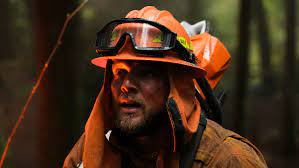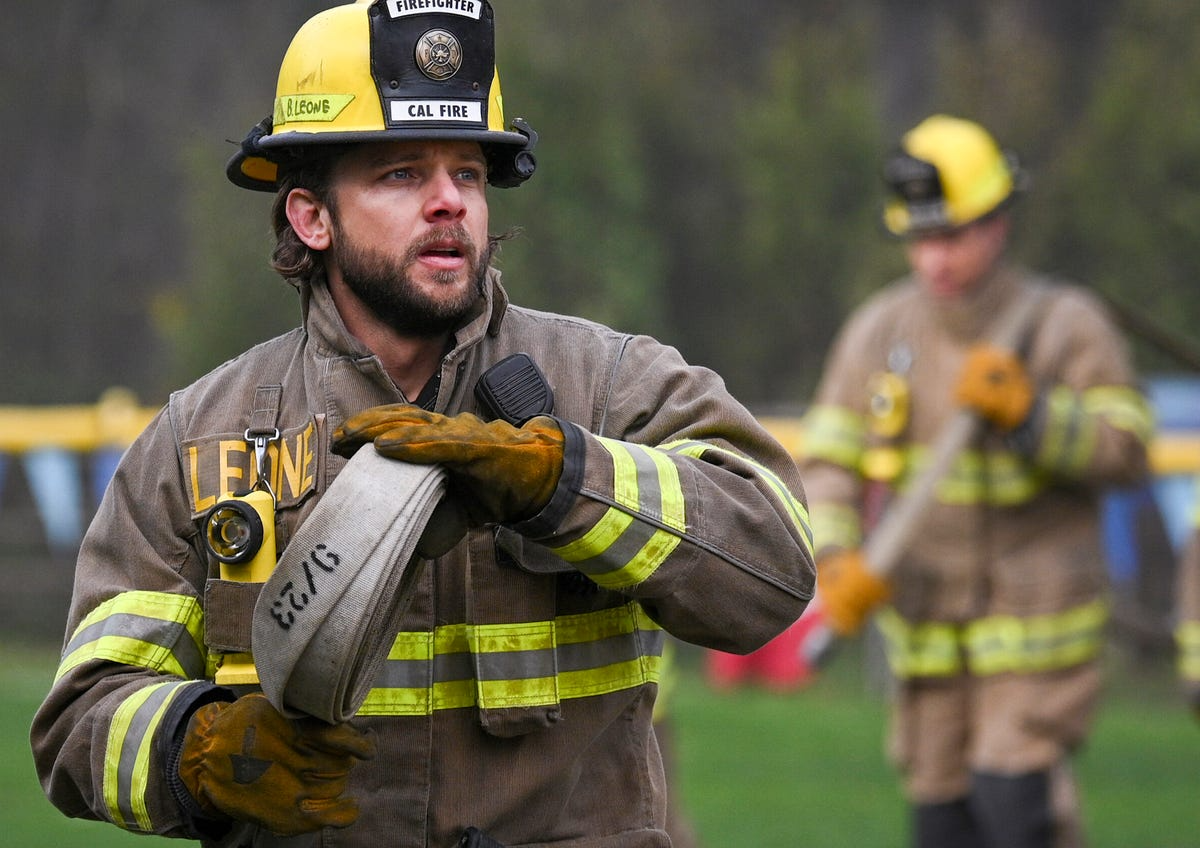
Fire Country is not just a gripping drama about redemption, brotherhood, and heroism—it’s also a powerful, often chilling portrait of a world on fire. In the age of climate crisis, few network TV shows take as bold a stance as Fire Country does when it comes to portraying the ferocity of nature and the real-life implications of a warming planet. Behind the high-octane action and emotional character arcs, there’s an urgent message: our planet is changing, and the consequences are no longer distant—they’re here, and they’re deadly.
This article explores how Fire Country uses wildfires as more than dramatic set pieces. The show turns fire into a symbol of climate change, corporate greed, environmental neglect, and ultimately, human resilience.
Nature as an Unstoppable Force
The California wildfires depicted in Fire Country aren’t just the backdrop for the story—they are a character in their own right. From the very first episode, the fire is alive: unpredictable, merciless, ever-evolving. The show captures the reality of modern wildfire behavior with harrowing accuracy—fires that spread faster than ever before, fueled by record heat, drought conditions, and wind events driven by a destabilizing climate.
Gone are the days when wildfires were seasonal. In Fire Country, as in real life, they are constant. The characters talk about “fire season” as a myth. Now, any day could become a battle between man and flame.
By making fire an omnipresent threat, the show highlights how climate change is no longer a future issue—it’s the defining battle of today.
The Human Cost of Environmental Neglect
As the series progresses, Fire Country shows that wildfires don’t just destroy trees and homes—they tear through communities, expose inequality, and bring long-standing political failures to the surface.
One storyline involves a fire that spreads due to inadequate forest management and budget cuts to local firefighting infrastructure. Another arc features a wealthy developer whose disregard for environmental regulations results in disaster. These aren’t just plot devices—they’re grounded in truth. California, and many parts of the world, have seen how poor land-use decisions, corporate negligence, and underfunded fire services leave entire towns vulnerable.
The show carefully balances its personal stories with social commentary, drawing attention to how environmental justice is deeply tied to socioeconomic inequality. Richer communities have better defenses; poorer, rural areas are often left to burn. Fire Country forces us to reckon with who pays the highest price when the earth fights back.
Fighting Fire with Fire—and Humanity

A unique aspect of Fire Country is its emphasis on inmate firefighters through California’s real-life Conservation Camp program. These incarcerated men and women risk their lives to battle blazes, receiving only minimal pay and often little recognition. The show uses this setting to highlight the human value of labor and sacrifice, even from those society has cast aside.
In doing so, it paints the climate battle not just as a technical or governmental issue, but a deeply moral and human crisis. People like Bode and his fellow crew members don’t just face flames—they face a world that often considers them expendable, even as they protect it.
Their journey becomes symbolic: as the planet fights for survival, so too do these flawed, determined characters. Fire Country suggests that redemption, like regeneration after a burn, is possible—but only through effort, pain, and resilience.
Fire as a Mirror of Emotional and Ecological Trauma
Just as the land suffers from burns, drought, and erosion, so do the people of Fire Country suffer from emotional wounds. The metaphor runs deep—characters like Bode are walking landscapes of scar tissue, shaped by their past traumas. Fire becomes both a destroyer and a purifier.
This duality reflects real ecological cycles. In nature, fire is sometimes necessary for renewal. Some plant species only sprout after a burn. Likewise, the characters often find new purpose and clarity in the ashes of destruction.
The show intertwines this metaphor seamlessly, making it clear that our environment and our emotional lives are inextricably linked. Healing from trauma, like healing the land, requires acknowledgment, responsibility, and time.
The Real-World Inspiration
Fire Country doesn’t invent the scale or horror of the wildfires it depicts—it draws from recent catastrophes. The Camp Fire of 2018, which destroyed Paradise, California, and killed 85 people, looms large in the show’s DNA. So do the fires that swept through Napa, Sonoma, and Los Angeles counties in subsequent years.
By mirroring real headlines, Fire Country places itself firmly within the cultural and environmental conversation. Its creators have said the goal is not just to entertain but to raise awareness—to make people care about the firefighters, families, and frontline communities who face these disasters year after year.
Hope in the Ashes
Despite the devastation, Fire Country isn’t a story of despair. It’s a story of action, unity, and rebuilding. Time and again, communities come together—fire crews, civilians, even inmates—to save each other, to rebuild, and to hold onto hope.
One powerful moment shows a community rallying to replant trees and restore a scorched valley. It’s not just a symbolic gesture—it’s a reminder that the fight for the earth is not lost, and that collective effort can spark real change.
Even the most damaged characters find paths forward, proving that recovery—though slow—is always possible. Just as burned forests can regrow, so too can trust, love, and self-worth.
Conclusion: A Burning Wake-Up Call
Fire Country uses the language of television—action, drama, romance—to tell a much larger story. It reminds viewers that climate change is not a vague specter. It’s the fire at our doorstep, the smoke in our lungs, the rising heat that’s reshaping how we live and die.
By giving fire such a prominent, humanized role, the show becomes more than just entertainment. It’s a wake-up call, a reflection of the crises we face, and a testament to the strength of those who stand on the front lines.
As the flames rage higher with each season, Fire Country dares us to look, to care, and—most importantly—to act.
